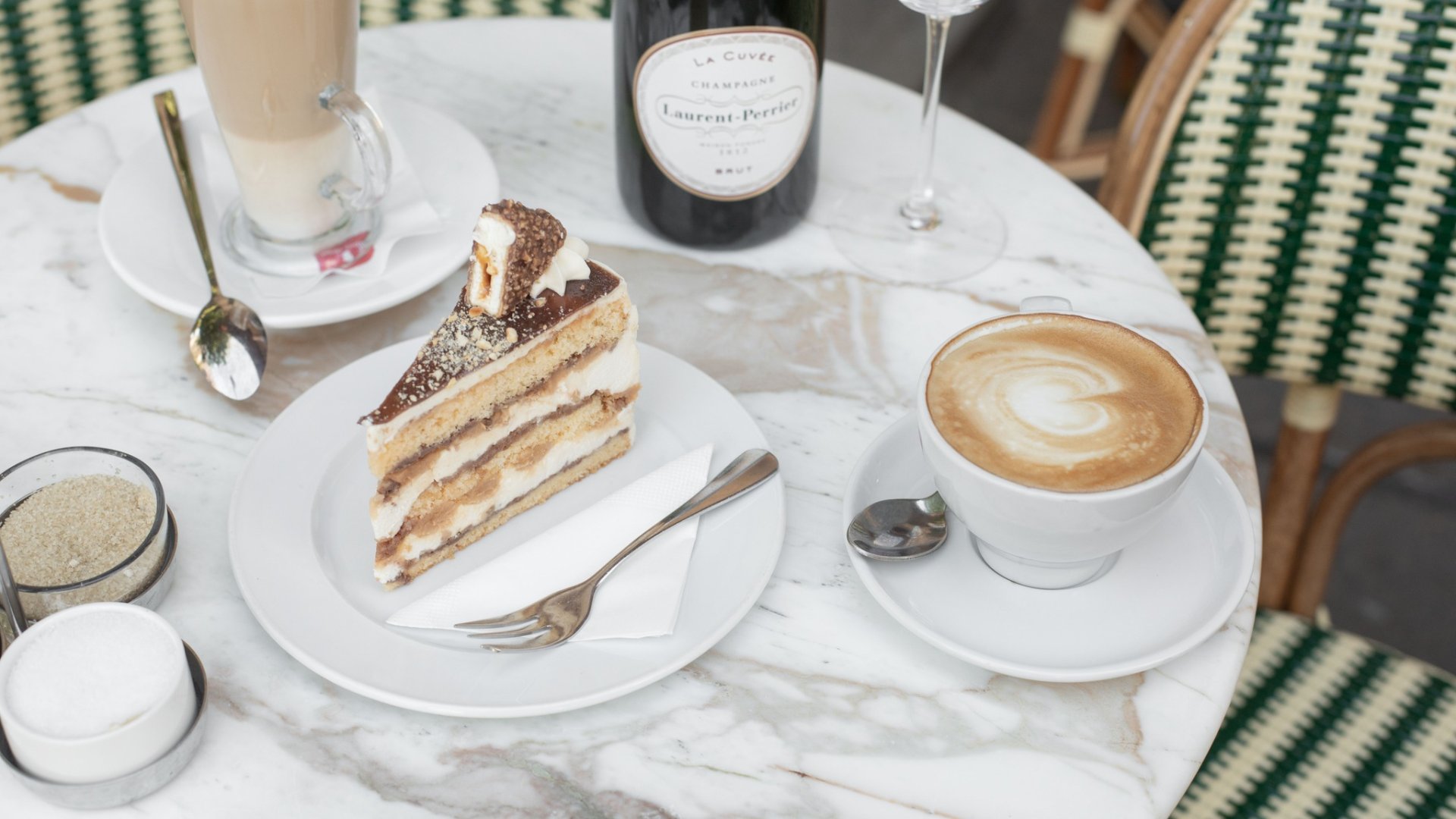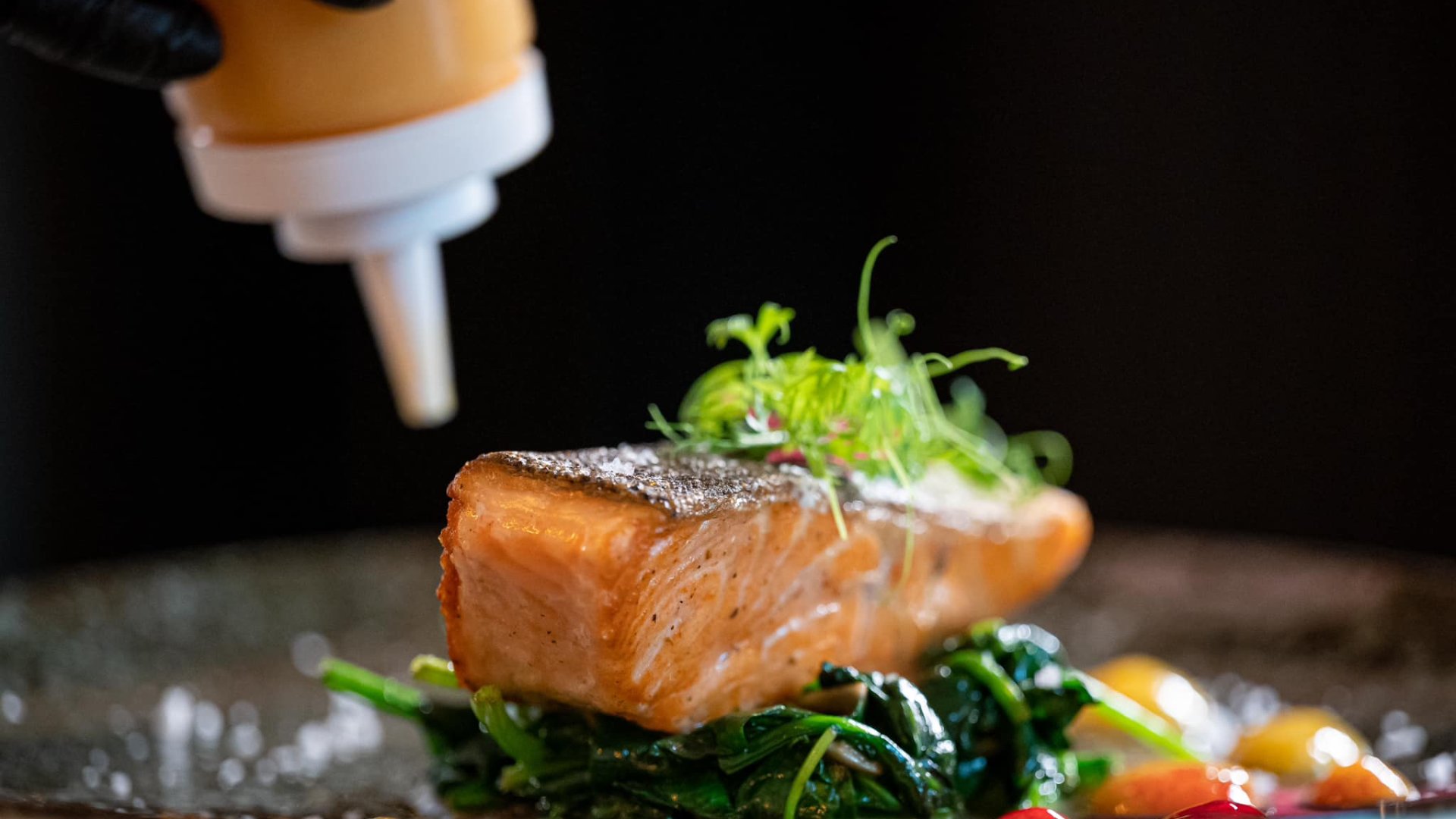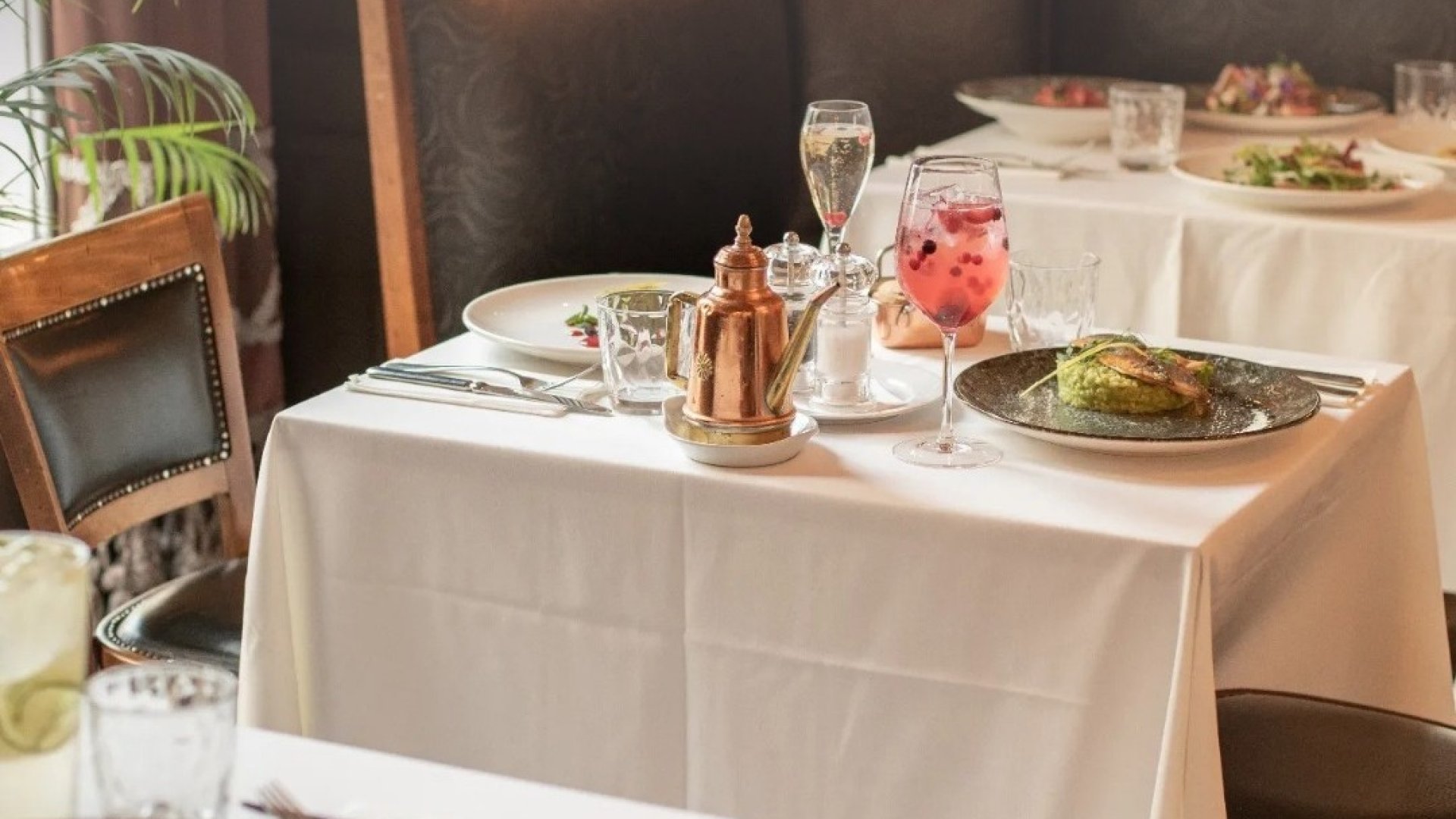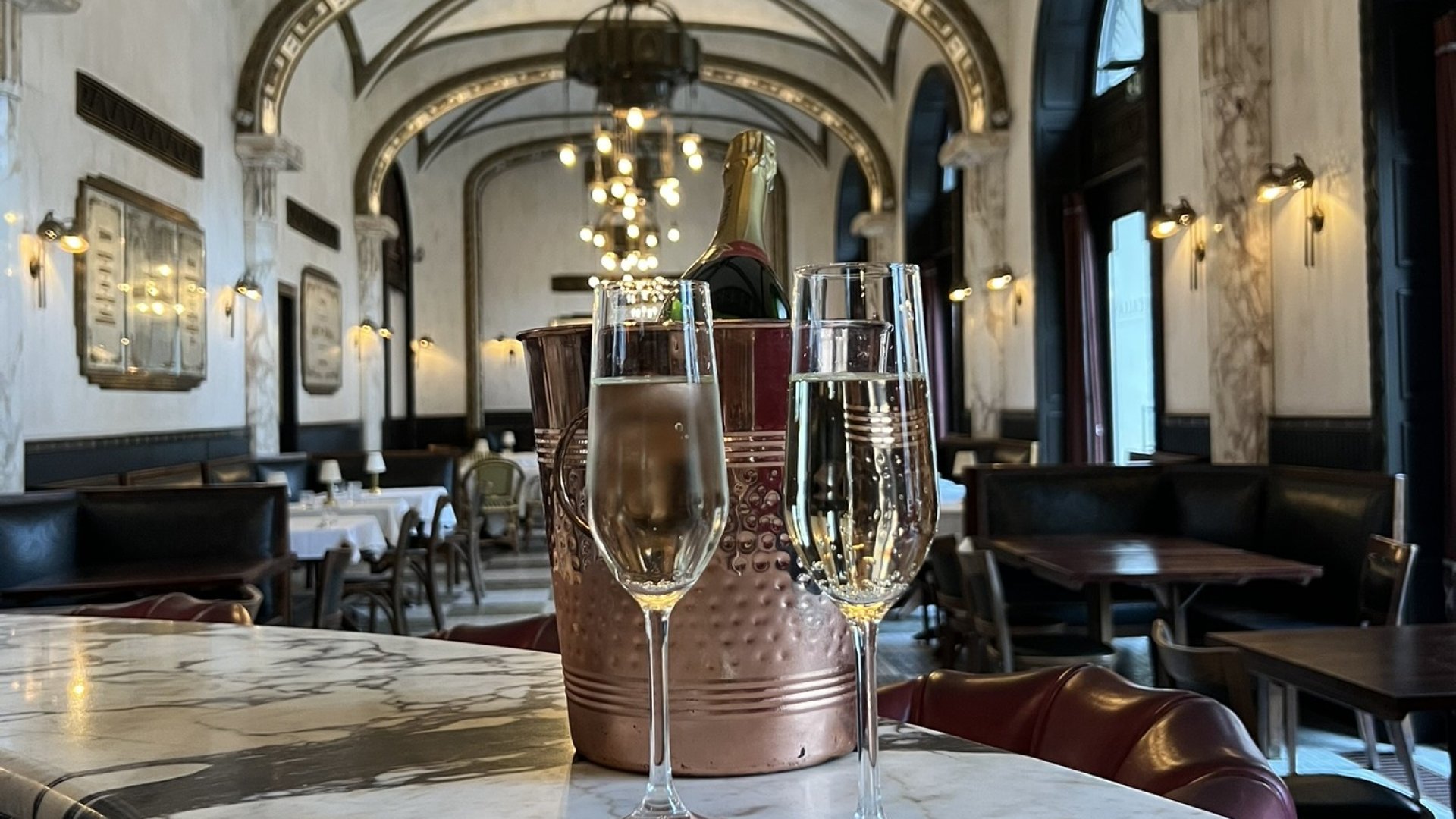Tracing Budapest architecture: the most beautiful buildings you must see in Budapest
Budapest, the capital of Hungary, is one of the finest examples of historical and cultural richness in Europe. Walking through the streets of the city, you will encounter architectural masterpieces from different eras and styles, each reflecting the events and changes of decades past. In this article, we present 5 buildings that are well worth a visit when you are in Budapest.
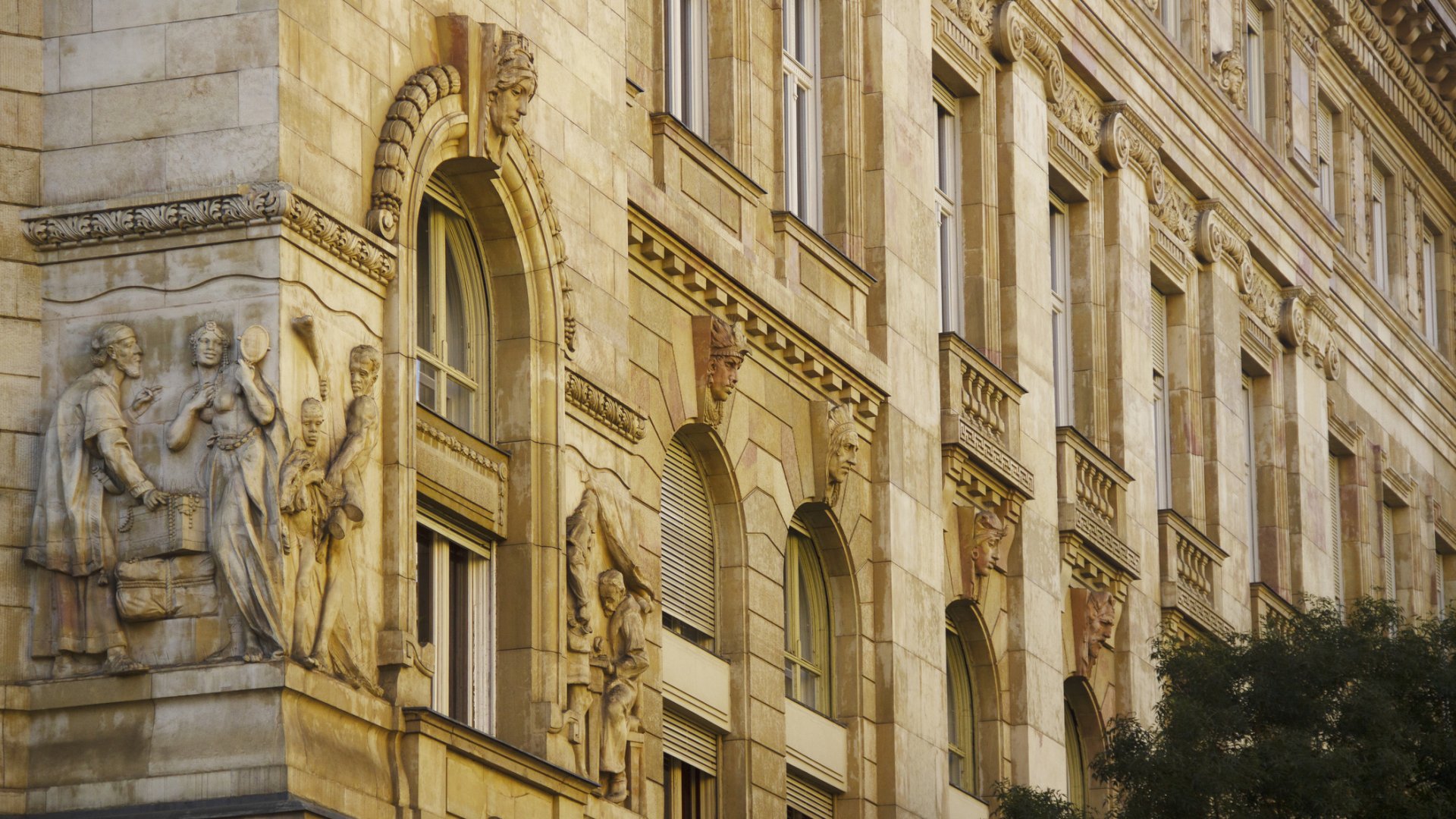
1. The Headquarters of the Hungarian National Bank, one of the most beautiful buildings in Budapest
The Headquarters of the Hungarian National Bank is a modern architectural masterpiece located in the heart of the city centre. It was designed by the world-famous Hungarian architect József Finta and inaugurated in 2002. The post-modern style of the building attracts attention with its stunning glass and steel structure and the elegant design of its interiors.Its unique design and innovative solutions reflect the best of contemporary architecture. A visit to the building will give you an insight into the centre of the Hungarian financial world and a chance to admire a masterpiece of modern architecture.
2. Parisi Court, the most impressive building in Budapest
The Párisi Udvar is an eclectic building on Ferenciek Square, one of the most impressive works of the turn of the century. The building was completed in 1909 and is one of the finest examples of Hungarian Art Nouveau. The façade is richly decorated with mosaics and stained glass windows, all of which reflect the high quality of Hungarian art and craftsmanship.The interior of the Courtyard of Paris is also impressive, with a serene arcade, ornate glass dome and richly detailed decorations, all of which offer visitors a unique experience. The building is currently a luxury hotel, but the interiors are open to all.
3. Hungarian State Opera House, a cultural building in Budapest
The Hungarian State Opera House is a jewel of Budapest's Andrássy Avenue, designed by Miklós Ybl and opened in 1884. The Opera House is one of the finest examples of the neo-Renaissance style and one of the most important opera houses in the world.The building's façade is richly decorated with sculptures and columns, all of which reflect the celebration of contemporary art and culture. Upon entering, you are immediately enchanted by the richness of the interior, with its gilded decorations, crystal chandeliers and frescoes. The ornate main staircase and horseshoe-shaped auditorium evoke 19th century grandeur, while the acoustics are world-renowned. The Opera House is not only an architectural masterpiece, but also the centre of musical life in Budapest.
The Callas & Café Restaurant is located next door to the Opera House, the perfect place to relax while exploring the city. Whether you're in for a refreshing drink, a delicious lunch or dinner, the elegant surroundings and excellent food are guaranteed to make your experience unforgettable.
4 Central Market Hall, an authentic Budapest building
The Central Market Hall is one of the largest and most spectacular market buildings in Budapest, located on Vámház körút. The building opened its doors in 1897 and bears the hallmarks of the neo-Gothic style. Its vast interior is decorated with wrought-iron structures, colourful tiles and glass windows, creating a unique atmosphere.In the market hall you can buy fresh local produce, handicraft goods and Hungarian specialities. On the upper level of the hall there are also restaurants and cafés where you can sample the flavours of Hungarian cuisine.
5. Aquincum Museum and Ruin Garden, the most interesting site in Budapest
The Aquincum Museum and Ruin Garden is one of Budapest's most interesting historical sites, showcasing the remains of the ancient Roman city. The ruins and museum in Aquincum offer an insight into the daily life and culture of the Roman period.Walking through the ruin gardens you can see the remains of Roman buildings, baths, dwellings and public squares. The museum's exhibitions are rich in artefacts, mosaics, sculptures and utensils that illustrate the life and customs of the Romans.

